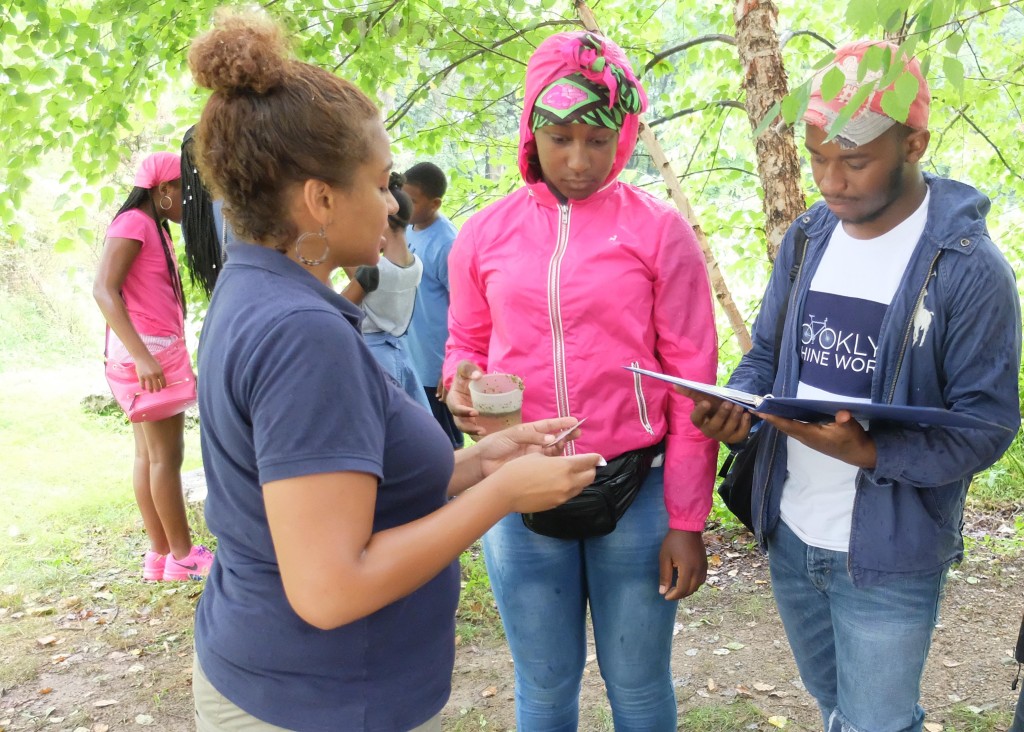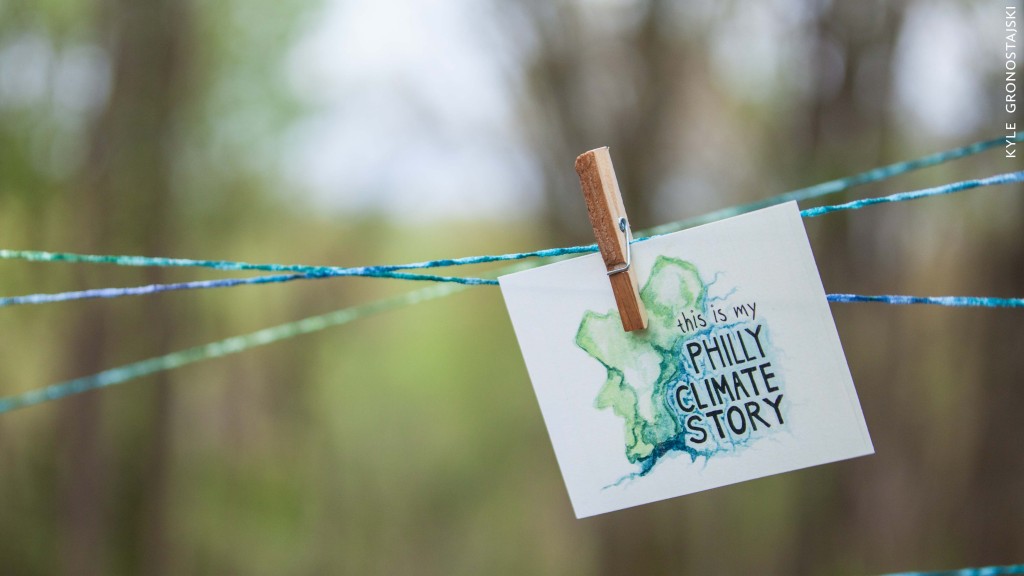By Mike Weilbacher, Executive Director
When a child graduates high school, the environmental education movement strives to make sure that student is environmentally literate—she understands how the world works, maybe even takes actions to improve environmental systems.
As the climate quickly changes, those graduates need to know about global warming. Martin Luther King, Jr., in a completely different context, referred to “the fierce urgency of now,” and environmental educators feel that urgency, as weather is warming, seasons are shifting, oceans are rising, glaciers are shrinking, the icecaps are melting, wildfires are raging, and species are disappearing at rates faster than many models once predicted.
But hold on.
While there is a fierce urgency to fix our climate, that’s not the job of a child. No, their job is to slowly climb the K-12 ladder so when they graduate high school, they understand how the climate works. Activists pressure adults to make changes now, but the arc of an educator’s work is longer, more patient.
Deep into our Year of Climate Change, our education staff reflected on the challenge of teaching this complicated issue, of balancing a child’s development level with the capacity to understand the science.
“Young children, preschoolers through third grade,” says Gail Farmer, the Director of Education who oversees all of our programming, “do not need to understand climate change. “In fact, ‘climate’ as a concept is not within a preschooler’s grasp developmentally—it’s too abstract. What children need in early childhood is to directly experience nature and weather, and explore and experiment with their immediate environment.”
Shannon Wise, who manages Nature Preschool, agrees. “It’s most important to get them outside to experience and engage so that they create a connected relationship with nature, to build a positive relationship where they care about and love the outdoors. The hope is that, as they get older, they will be exposed to more of the information about the effects of climate change, and even ask questions about creating a more sustainable community.”
When do we introduce climate change? Gail says, “Children are ready to begin thinking about and intellectually tackling environmental issues in middle childhood, starting around age 9.” Camila Rivera-Tinsley, who manages our school programs, notes that “the Philadelphia curriculum addresses defining climate and weather in 3rd grade. Once students understand that, they are able to delve into how humans affect climate in the 4th grade. The greenhouse effect is not really touched on until the middle school years, so it is then that you can begin to have more in-depth lessons on the topic.”
The Center has recently begun weaving climate change into school lessons. “We keep it simple,” Camila continues, “since environmental literacy is currently so low. We focus mostly on how climate change makes the city wetter and warmer, using baseline concepts. We’ve been most successful teaching about this with high schools.”
We’ve increased climate-change public programming, even though the issue seems controversial. “I don’t think we should be buying into the notion that climate change is controversial,” says Gail. “It is supported by a strong body of scientific evidence and should be treated as such. The ‘controversy’ is perpetuated by politics. As an educational institution, our obligation is to follow the science.” Elisabeth Zafiris, our public programs manager, agrees. “I think it’s not controversial, complicated, or political. It’s our duty to create a forum for discourse around the topic,” like this fall’s University of Nature that Elisabeth is organizing. “I strongly believe,” she continues, “that as a community institution it’s important for us to act as a trusted and non-biased source of information.”
Our environmental art program teaches about climate change differently. “Art can speak to our emotional, imaginative sides,” says Christina Catanese, director of the program, “revealing the issues activating our thinking and actions in novel ways.” Noting that art focusing on climate change can be edgy, or go places where programming does not, she says “it can shock, yes, but it can also instill hope, encouraging us to look for and create different solutions.”
Acclaimed science fiction writer H. G. Wells nailed it back in 1919, long before anyone knew of global warming, when he wrote that “human history becomes more and more a race between education and catastrophe.”
We’re simultaneously teaching as fast as we can while teaching in ways that respect each person’s level of understanding.



Thanks for this wonderful and timely article on the importance of experience with nature and teaching about climate change at the appropriate age. And yes, science has amply confirmed climate change. The debate should not be about the existence of climate change, it should be about what to do about it.